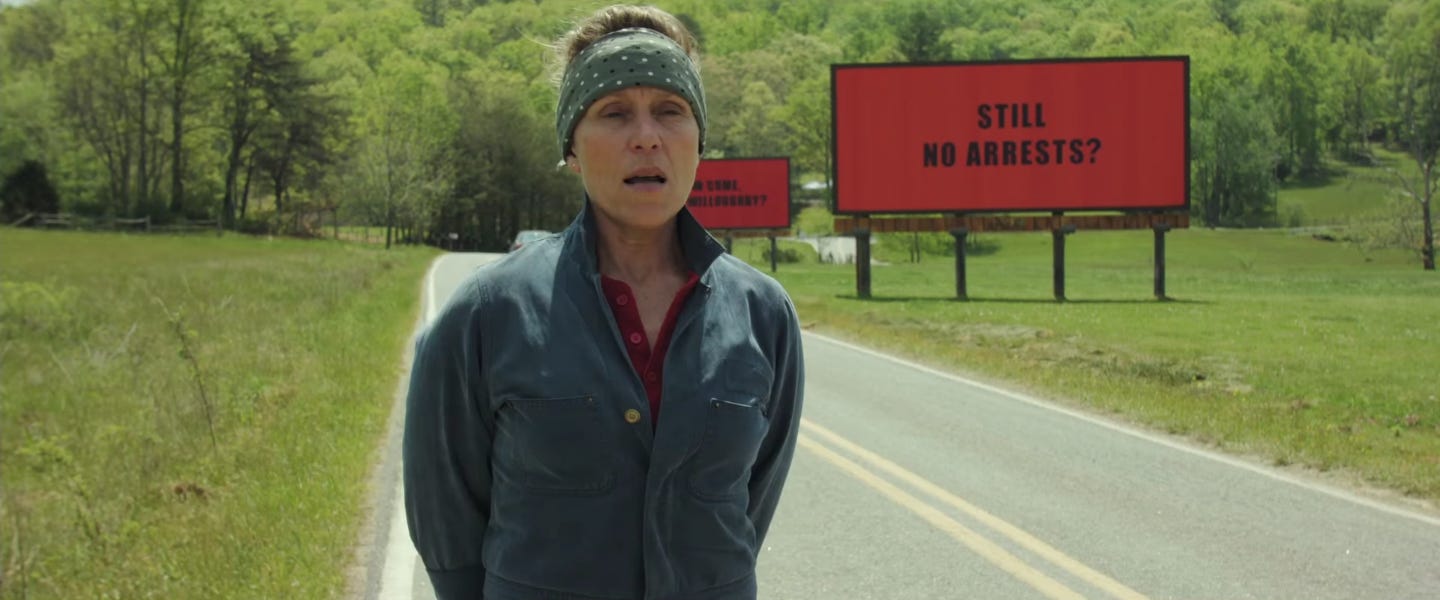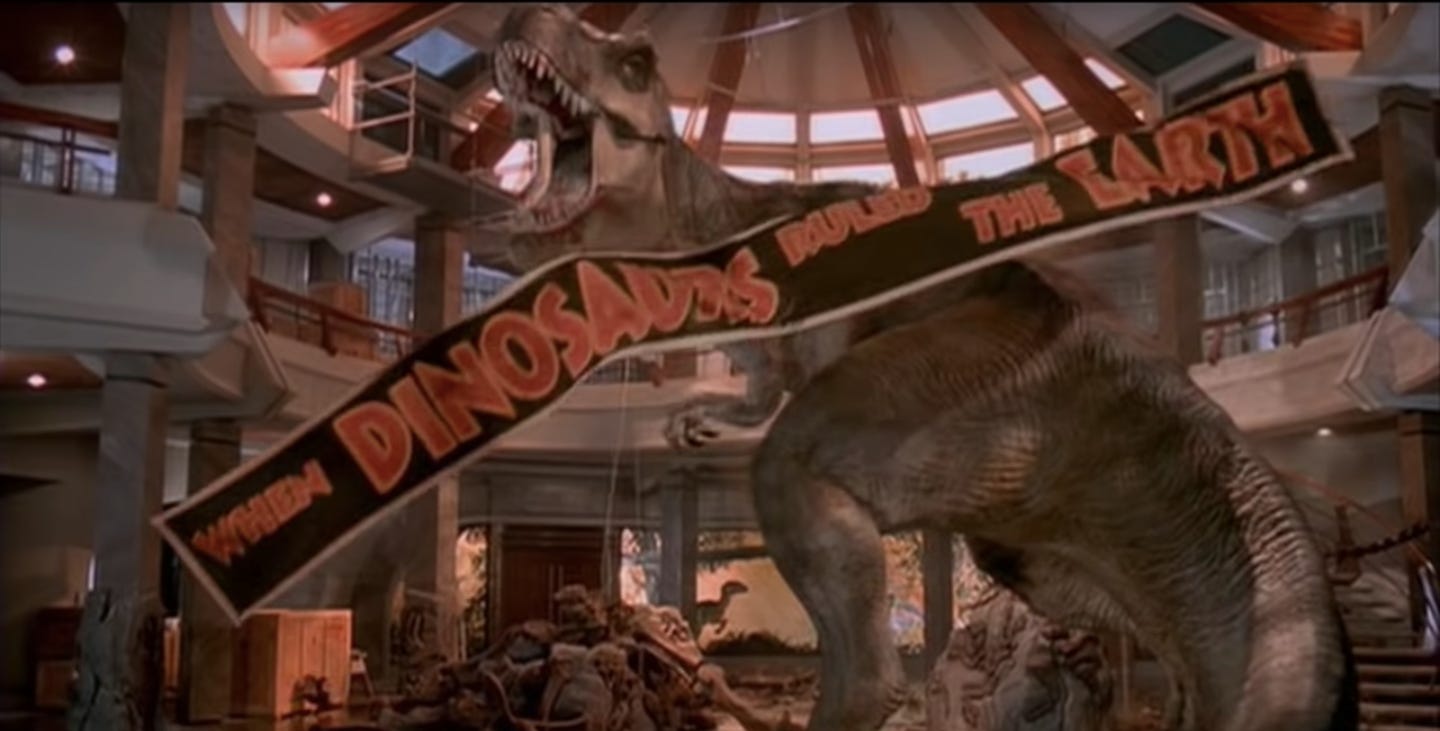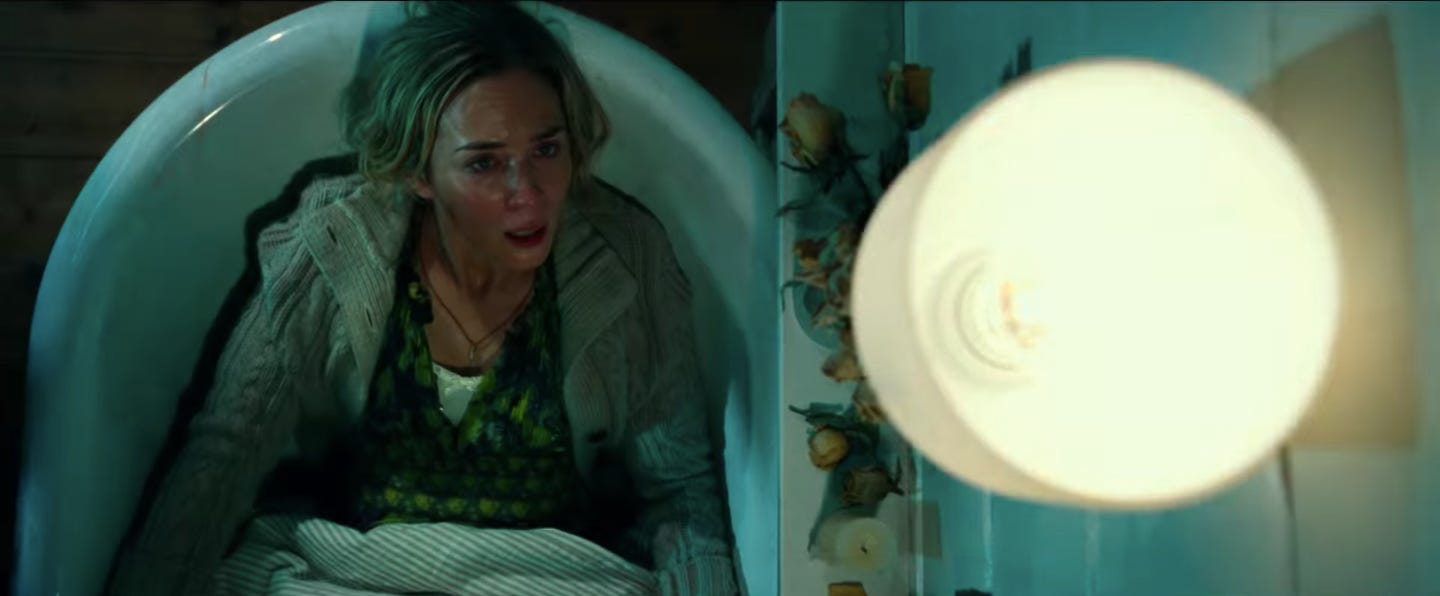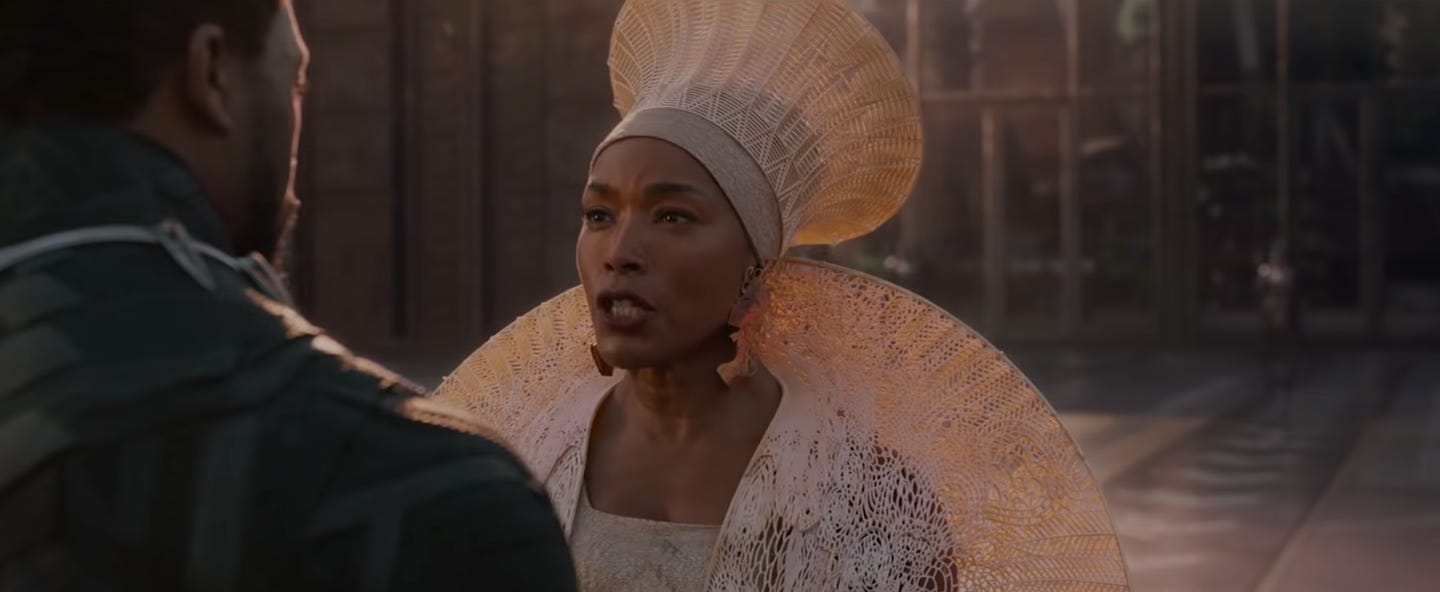Numlock Awards Supplement: The Races You Haven't Been Following
The Numlock Awards Supplement is your one-stop awards season update. You’ll get two editions per week, one from Not Her Again’s Michael Domanico breaking down an Oscar contender or campaigner and taking you behind the storylines, and the other from Walt Hickey looking at the numerical analysis of the Oscars and the quest to predict them. Look for it in your inbox on Saturday and Sunday. Today’s edition comes from Michael.
Now that we’ve covered the major awards, it’s time to take a deeper look at some of the less well-known categories. What are some of the narratives developing in the races you haven’t been paying attention to?
Best Live Action Short Film
The short film categories are some of the most misunderstood categories at the Oscars. Plenty of well-known directors won an Oscar for a short film and got a much-needed boost from the win. In 2005, Martin McDonagh won an Oscar for Best Live Action Short Film for Six Shooter. He later went on to direct films like In Bruges and Three Billboards Outside Ebbing, Missouri. In 2004, Andrea Arnold won an Oscar in the same category for the film Wasp. Her next project is something you may have heard of: the entire second season of HBO’s Big Little Lies.

This year, one of the most fascinating Oscar narratives surrounds the short film Detainment, which tells the true story of the horrific murder of 2-year-old James Bulger in England in 1993. While slightly less well known stateside, the case was — and continues to be — a major story in the U.K. The short film was directed by Irish filmmaker Vincent Lambe.
After Detainment was nominated for an Oscar, Denise Fergus, the mother of James Bulger, publicly called on the film’s director to withdraw the film from the Academy Awards. Before the film was even nominated for an Oscar, there was a petition with 100,000 signatures asking the Academy to disqualify the short. The petition currently has over 180,000 signatures.
For his part, Lambe apologized for not making Fergus aware of the film sooner. However, he’s largely stood his ground and defended his film:
“We never intended any disrespect by not consulting them. While it is a painfully difficult case to understand, I believe we have a responsibility to try and make sense of what happened. Critics have specifically commended the film for being responsible and respectful to the victim.”
Given the general lack of precursors in the short film categories, it’s difficult to determine whether Detainment will be helped or hurt by the brewing controversy. But it’s definitely one of the races to keep your eyes on during Oscar night. (That is, if the Academy even lets you see the winner of this award given their mind-numbingly stupid idea of moving some awards off the telecast.)
Best Sound Editing & Sound Mixing
Sound Editing and Sound Mixing also have something of a bad rap, in part because it can be difficult to distinguish what the difference is between the two categories. Sound Editing is about making sound effects. When the T. rex roars in Jurassic Park, sound editors are the ones who combine “a baby elephant’s squeal, an alligator’s gurgling, and a tiger’s snarl.” Sound Mixing is about controlling the levels of different sounds in the movie. When the T. rex chases the Jeep in Jurassic Park, the sound mixers make sure the audience can hear everything clearly: the score, the sound effects, the dialogue.

And these categories can provide some of the most memorable moments of the night. When Kevin O’Connell finally won an Oscar for Best Sound Mixing for Hacksaw Ridge on his 21st nomination — yes, 21st nomination — his speech was one of the emotional highlights of the night.
While the sound awards typically go to movies with a lot of sound design — think musicals like Les Mis or war dramas like Dunkirk — this year, Roma, the indie about a family in 1970s Mexico, may actually be the frontrunner.
That’s because Roma is utilizing Dolby Atmos sound design. Dolby Atmos is a sound system that uses multiple speakers surrounding the audience to create an almost ripple-like effect. Sam Adams, a senior editor at Slate, described Roma’s sound design like this:
“Netflix not only put Roma in movie theaters but sought out cinemas that could project the movie in 70 mm with Dolby Atmos sound, a combination that gives the film an almost hallucinogenic clarity. The sound of dripping water or the whistle of a passing knife salesman sounds as if it’s coming from a few rows behind you, and when the camera pans across the bookshelves that dominate the central family’s home, you can practically read the titles on every spine.”
There’s one major snag to Roma’s campaign for the sound categories. Most people are likely going to watch Roma on their television, their laptop, or even their iPhone. What’s more, even the folks who make the trek to see Roma in the theaters probably won’t experience Dolby Atmos’ innovative sound since only 23 theaters in the U.S. are equipped for it.
If only the sound branch were voting, then perhaps Roma would stand more of a chance as the details of Dolby Atmos are incredibly technical. But everyone in the Academy gets to vote on the sound awards, and something more flashy like A Star Is Born or A Quiet Place may end up winning. Even First Man may have narrative momentum in the Best Sound Mixing category: if the First Man sound mixers win, it will be the first time two women won in the same year, and the second time in history that female sound mixers received the award.

Best Costume Design
If you were looking over the nominees for Best Costume Design, you may have noticed that one of the nominee’s names came up twice: Sandy Powell is nominated for both Mary Poppins Returns and The Favourite. Costume Design is notoriously a category full of repeat players. Edith Head, who was in charge of costumes for iconic films like Roman Holiday and The Sting, was nominated 35 times and won eight Oscars over the course of her career. (It may be important to note that the category used to hand out an award for color films and black-and-white pictures until 1967. It may also be important to note that Edith Head is the visual inspiration for Edna Mode from The Incredibles.)
Sandy Powell is reaching Head-levels of category ubiquity. With 14 nominations, Powell is one of the most nominated people in the history of the award. Alexandra Byrne, nominated this year for Mary Queen of Scots, has also amassed an enviable record of five nominations, resulting in one win so far (Elizabeth: The Golden Age). Mary Zophres, nominated for The Ballad of Buster Scruggs, is a three-time nominee who has yet to win a single award.

But it’s Ruth E. Carter who may be the frontrunner in the category. Nominated this year for Black Panther, Carter has been nominated only twice before (Malcolm X and Amistad), and she’s the only nominee whose film isn’t a period piece. And while Black Panther racked up a solid seven nominations, it could still go home empty-handed with tough competition in the sound categories, a slim-to-none chance for Best Picture, and an unexpected snub in the Visual Effects category.
Carter has spent the better part of 2018 giving high-profile interviews to outlets like The New York Times, Vanity Fair, and Deadline about her headline-generating costumes. Black Panther is also the only film that, given its genre and subject matter, got to blend Afrofuturism with tribal designs to make unforgettable superhero looks. When trying to earn the votes of the Academy at large, that may put Carter in the lead and help distinguish her work from the period pieces rounding out the category.
Carter is also receiving the Career Achievement Award at the upcoming Costume Designers Guild Awards, which certainly shows some degree of momentum for her Oscar campaign. The competitive CDGA Awards won’t shed much clarity on the race though, as Carter is competing in the Sci-Fi/Fantasy category, while Powell and Byrne are competing in the Period Film category. (Zophres was not nominated in any category.)

If you’re into this sort of dive into lesser-known races — or, conversely, if you’re not and want them to stop — shoot me an email at awards@substack.com. Accepting any and all coverage requests!
Follow me on Twitter and check out my podcast, Not Her Again, wherever you get your podcasts.

